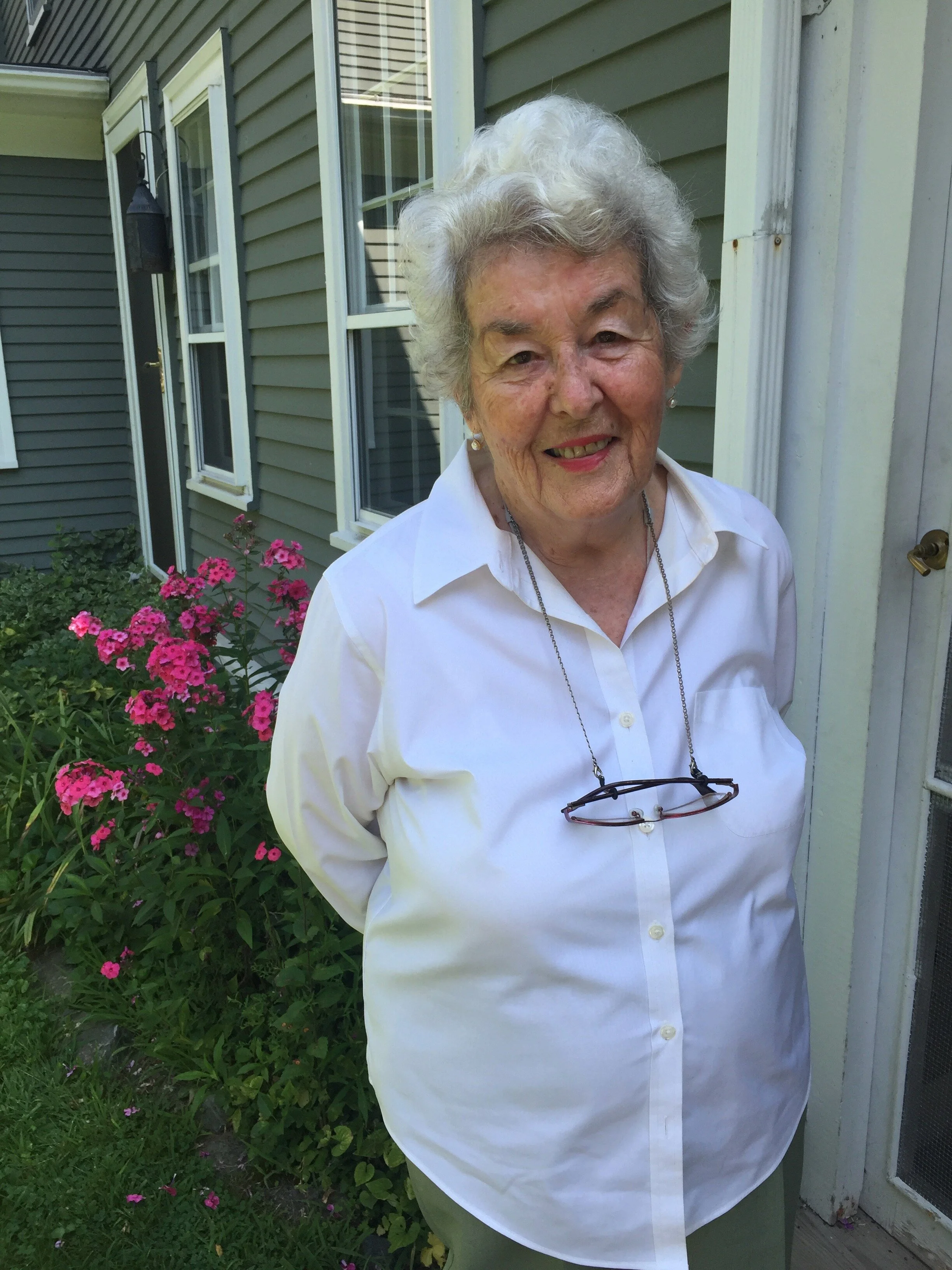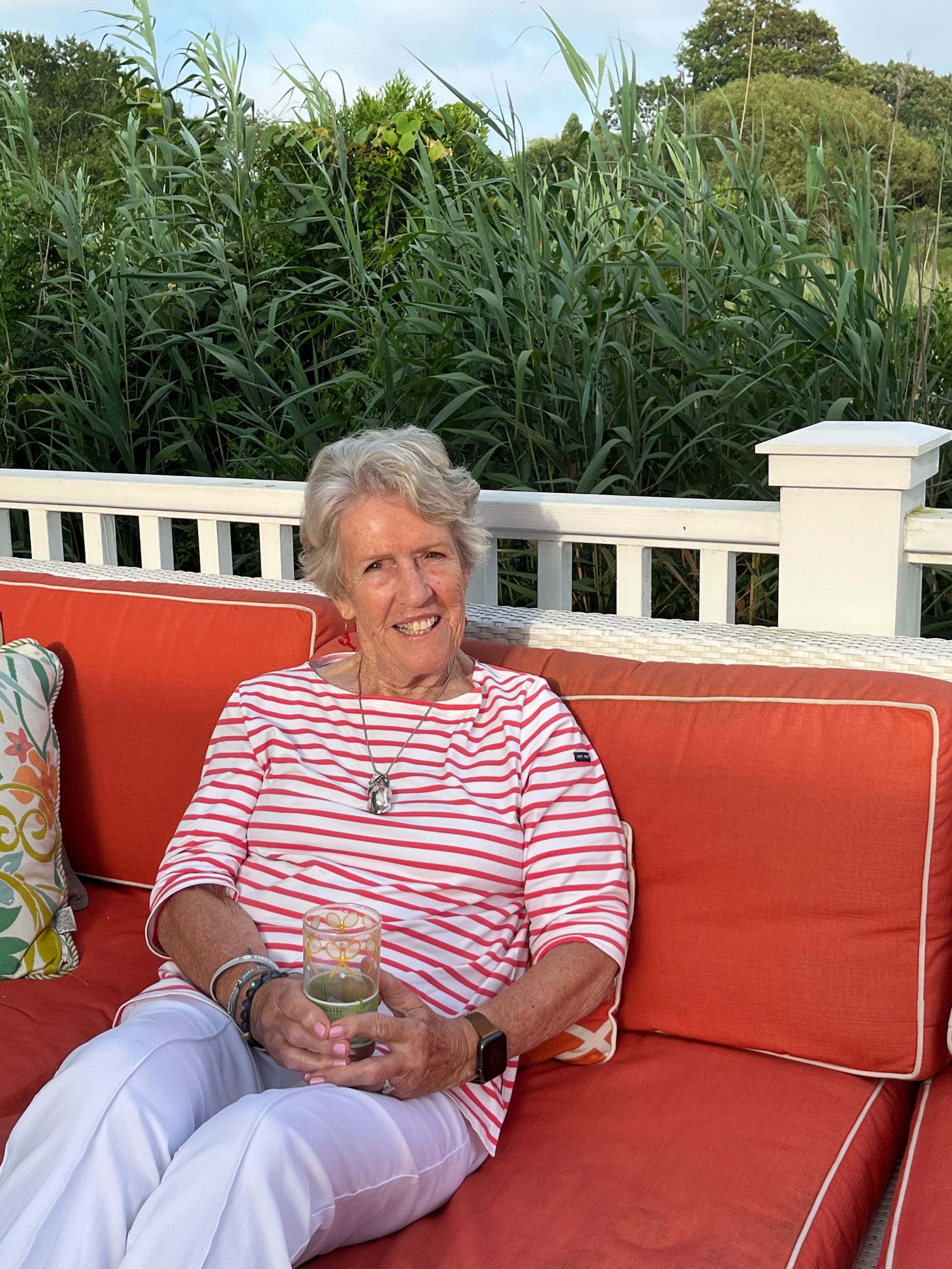ANOTHER VOICE
/“The Gardens” by Joyce Butler
“It began a month ago. The gardens which surround our house overcame once more their frost-pocked crusts, and green living things began to show themselves amid the brown disarray of last year’s growth. The weeds came first, popping full grown and lusty from the soil, but some of the flowers followed close behind, putting forth their first tentative shoots while the roots of other plants waited below the ground for their time to grow. And so it has begun again: the progression of blooms that paces us through the spring and summer months.
Mrs. Lyons, the lady who had lived here before us, planted the gardens. We never knew her, but neighbors told us that she had loved flowers the way some people love children. Certainly she must have loved the work of growing them; the 15 or more flower beds she made were proof of that.
Because my ignorance about gardening was complete, one or two gardens would have been a challenge to me. I didn’t comprehend the magnitude of the task before me when I set out to reclaim all the gardens.
Through our first winter here I waited impatiently for the spring. When the snow was gone and the drying winds had swept through the yard, I began the work of reclaiming the garden near the back door. As I worked there, all my senses, dulled by the years spent in classrooms, in apartment-house-living, in making a home and filling it with children, came alive again. I smelled the almost offensive odor of fecund springtime dirt. I felt the sun hot upon my shoulders and was aware of the call of a phoebe bird floating down from high in a pine tree at the back of the yard. And when the flowers came, tentatively at first — Johnny-jump-ups, with their miniature pansy faces, the white violets whose prolificacy caught me unprepared, the fragrant lilies of the valley — I saw them clearly as children do who spend long hours out of doors.
Every day I visited each garden to see what flowers had appeared. I came out early in the morning while the grass was still wet. I made my rounds in the afternoon and again at night before the last light faded…..One plant I had watched putting forth fat buds bloomed one morning with large yellow buttercups. This I learned to call a globeflower. Near it blossomed low clumps of blue Jacob’s ladder and tall blue spikes of Veronica and feathery puffs of white astilbe. Here too grew the Siberian iris: tall and short, dark blue and light blue.
Peonies, white, pink and deep red, grew in a double row on the edge of the yard, their heavy blossoms leaning down to touch the masses of Star of Bethlehem that crowded about their stalks. Day lilies grew everywhere, at least six different varieties, and there were other lilies: white madonna, orange tiger, and a salmon-colored variety that I still cannot name.
Yarrow, delphinium, achilla, balloon flower, phlox, fox-glove, asters, bee balm, one lone plant of monkshood, a few straying bellflowers — all these appeared. Amid the profusion of these growing things, I discovered herbs too: apple mint, spearmint, chives, thyme and tarragon. The mint had spread to the grass so that, when we mowed, its free scent hung on the evening air.
It was exciting to discover the treasure we had acquired along with our rather special house, and as I learned to name each flower, so too I learned to be a gardener. I learned the uses of home meal and peat moss. I learned to water the gardens deeply so that roots would reach down into the ground and not lie near the surface.
But I discovered too how restful is an hour spent weeding the garden: good therapy for jangled nerves and a tired mind. I exchanged plants with fellow gardeners and discovered the pleasure of being reminded of the friend when his gift plant blooms anew. And I learned the satisfaction that comes from creating beauty — for itself.”
Oh yes. Thank you, Joyce Butler.





